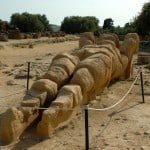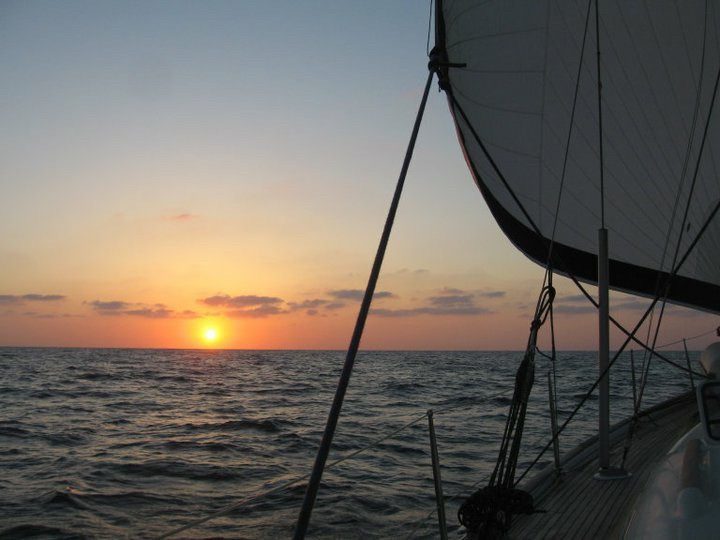
Sailing from the Aegean sea to Sicily and the South Tyrhenian sea
Part II
By Dimitris & Aikaterini Liaroutsos
SELINUS
We were so sad to leave Akragas, but the idea of sailing further northwest to visit Selinus made us feel better. We sailed for six hours and arrived in Marinella di Selinunte, a very small summer village with no marina to berth, just after sundown. We had to anchor about four-hundred meters from the beach and hoped for a quiet night without any shift of the wind from NNW to Southerly. The night passed with no surprises, with the exception of a moderates well.
We had to wake up few times to check the weather, our anchor and our anchor light. We woke up in the morning to sunshine and a beautiful, calm ocean. Just to the west of the small village of Marinella abuts the archaeological park and there is a long bronze crescent beach free of tourists at this time of the day. It was the perfect day to leave the boat at anchor, we dropped a second anchor for safety and disembarked with our dinghy.
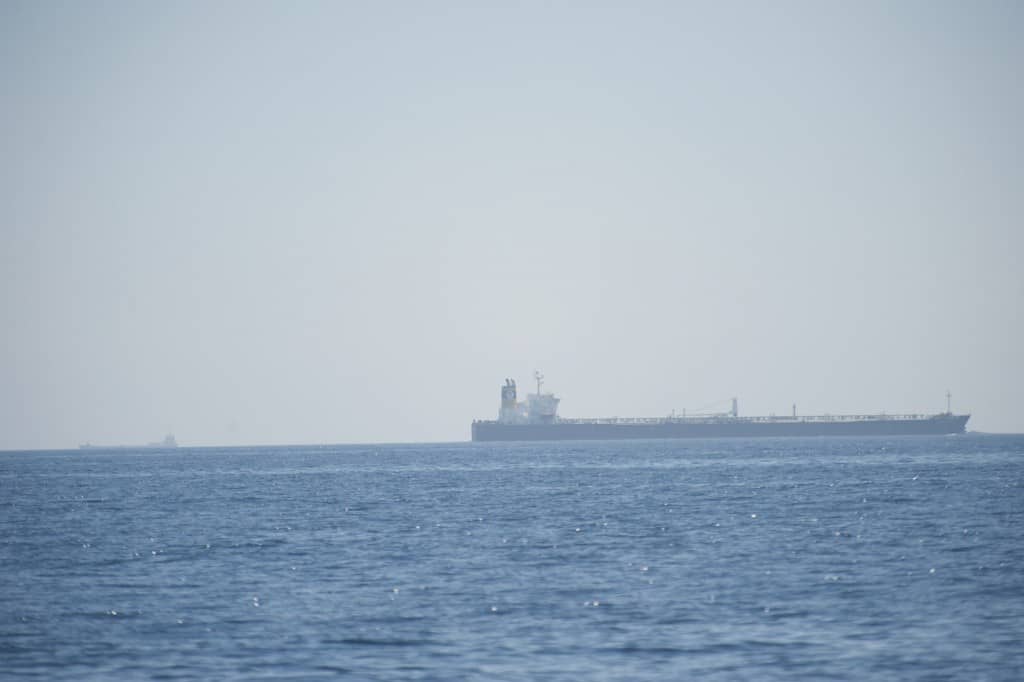
Meeting with two tankers in the Sicily Strait
Our young crew saying hello to dolphins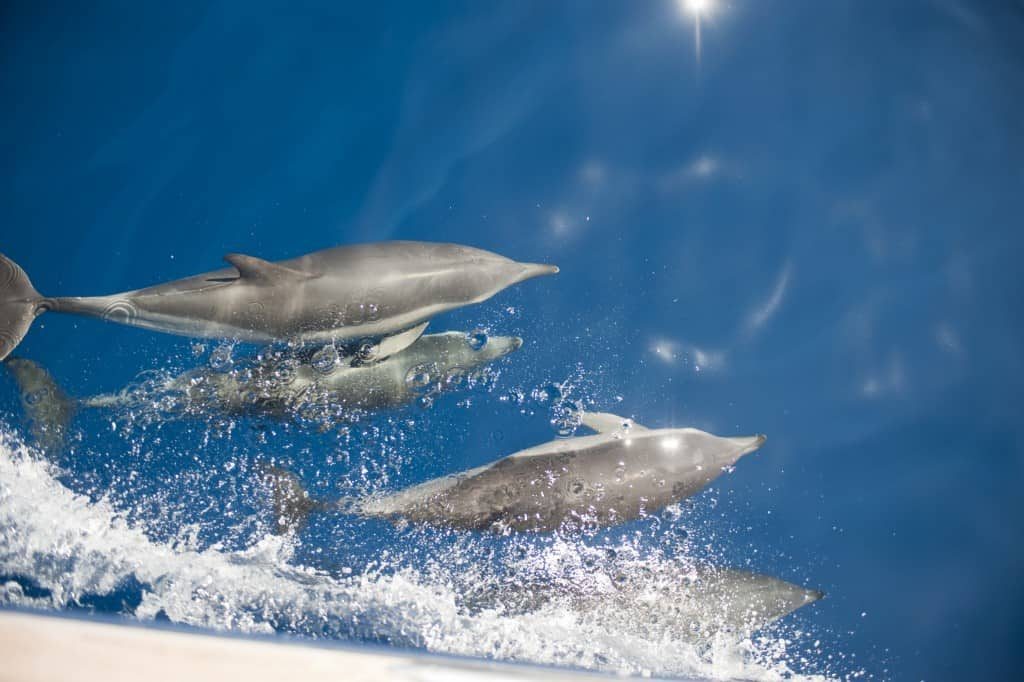
An hour of playing around us in the Sicily Strait in a beautiful bleu
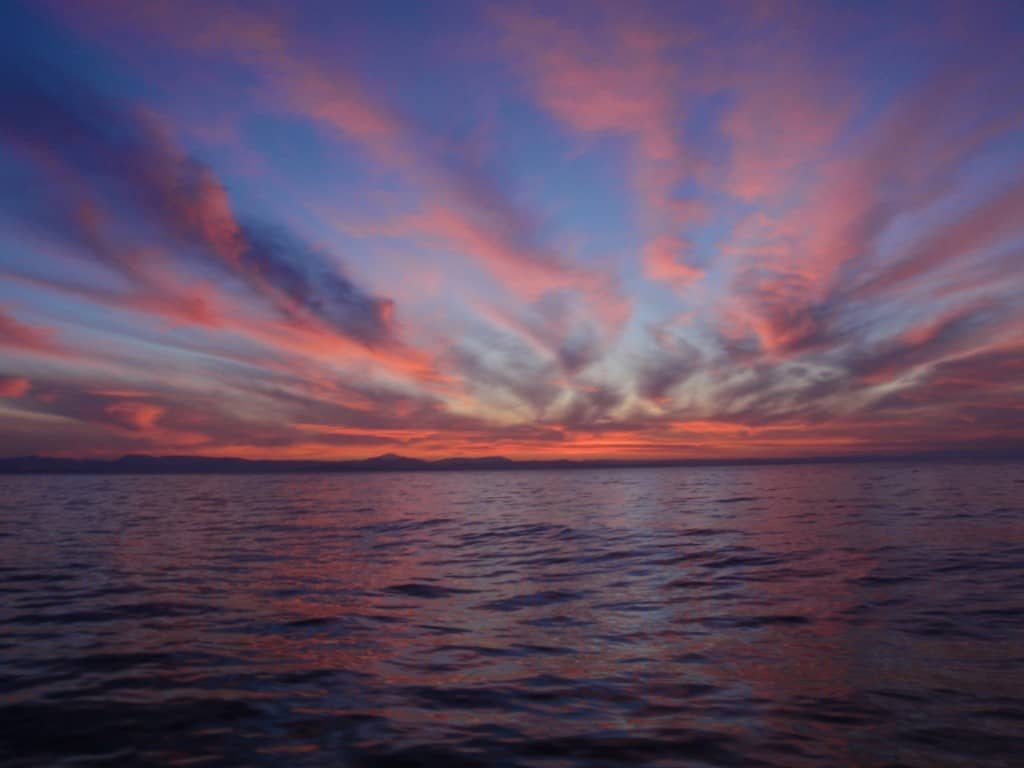
Arriving in Marinella di Selinunte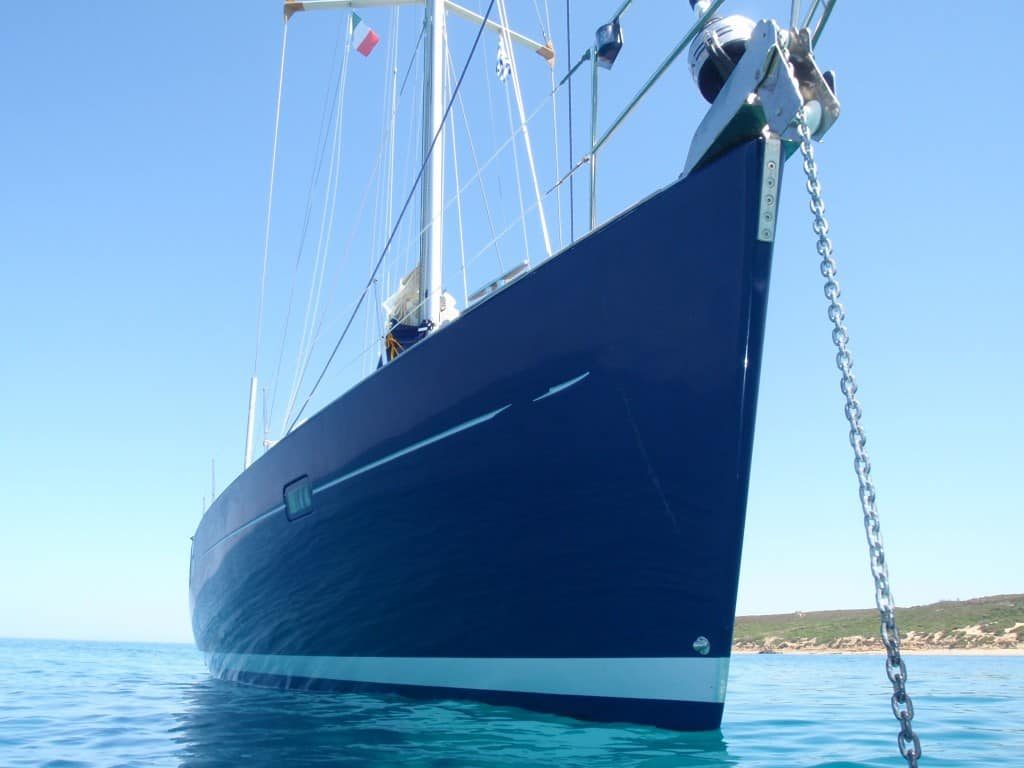
An early swim before visiting ancient Selinus
We walked to Selinus, a city that was founded about 650-620 B.C., on a spectacular park about thirty meters above sea level that makes you feel far in the past, away from modern sight and sound. Passing through streets and alleys of the ruined city, from the earthquakes, in a harmonious landscape we felt close to the ambience that people had been living 2650 years ago. Selinus (from the Greek word for celery) was often in conflict with the indigenous community of the Elymians’ capital Segesta.
The Greek colony was able to profit from the Mediterranean trade network operated by the Phoenicians and the Carthaginians by offering cereal from its fertile territory. Selinus enjoyed a privileged relationship with the Carthaginians based on its considerable economic interest. But this relationship came to an end two centuries later when Carthaginians took over.
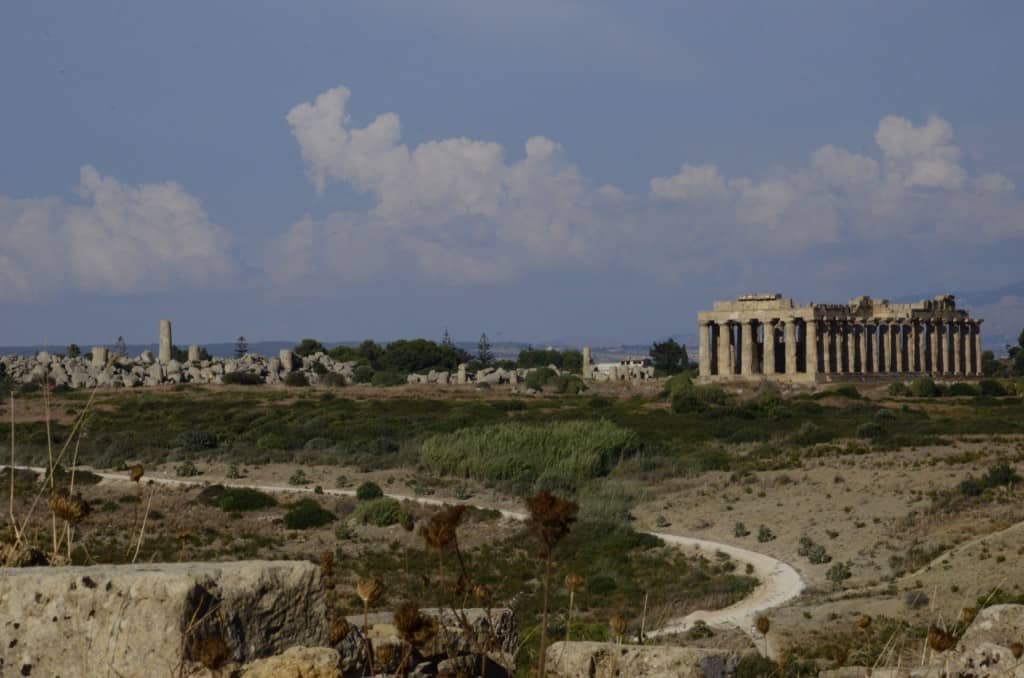
The temple of Hera (temple E) on the left the ruins of temple G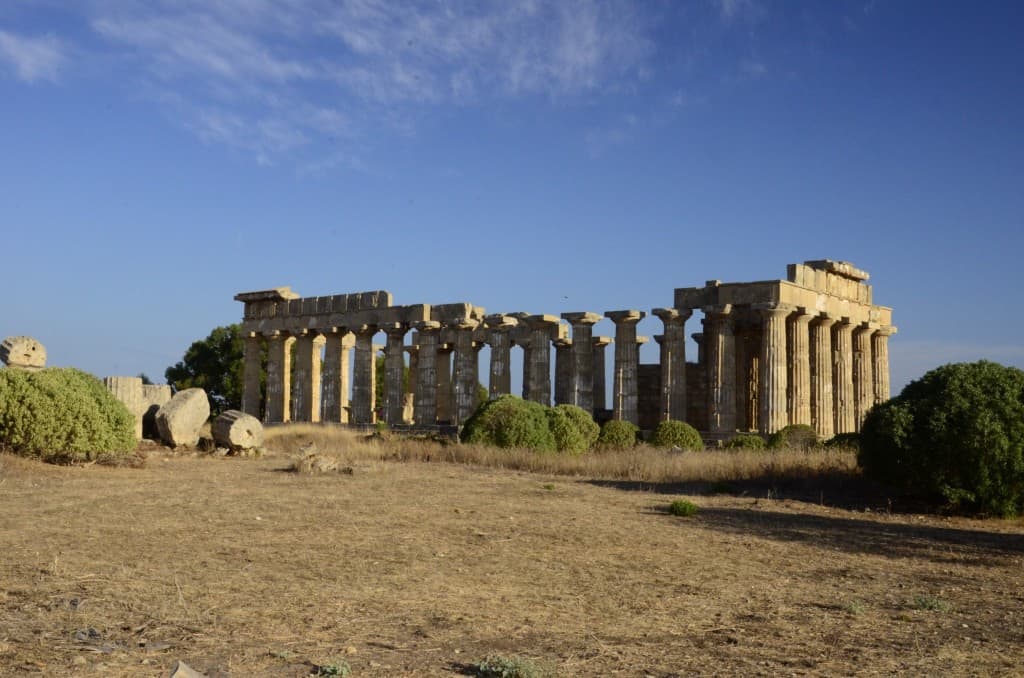
Temple of Hera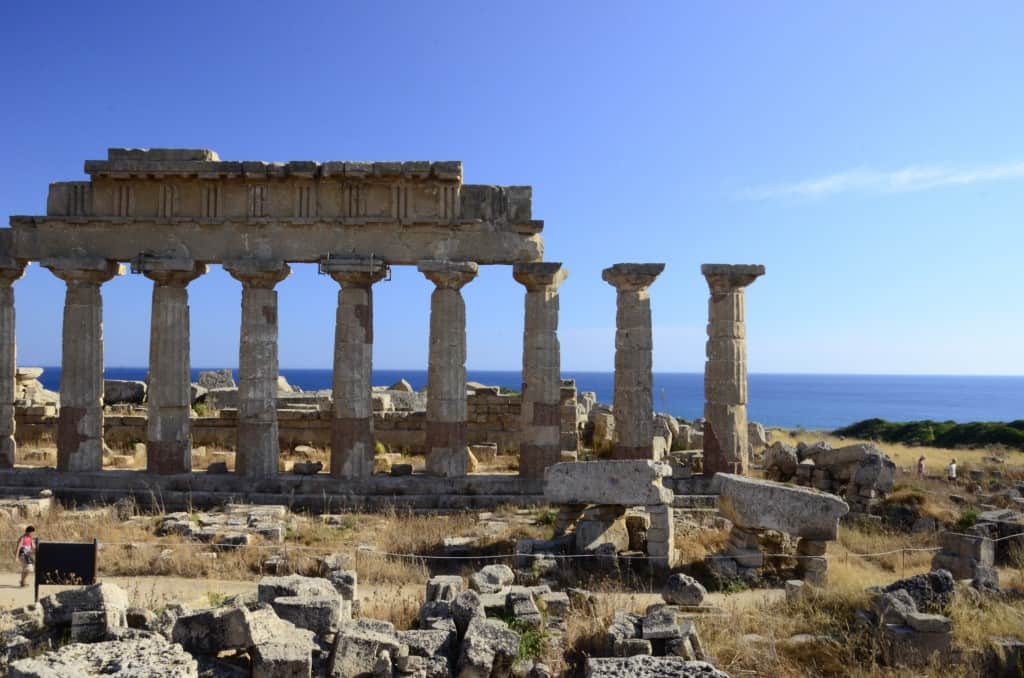
Temple C (Pirandello’s “African Sea” in the background)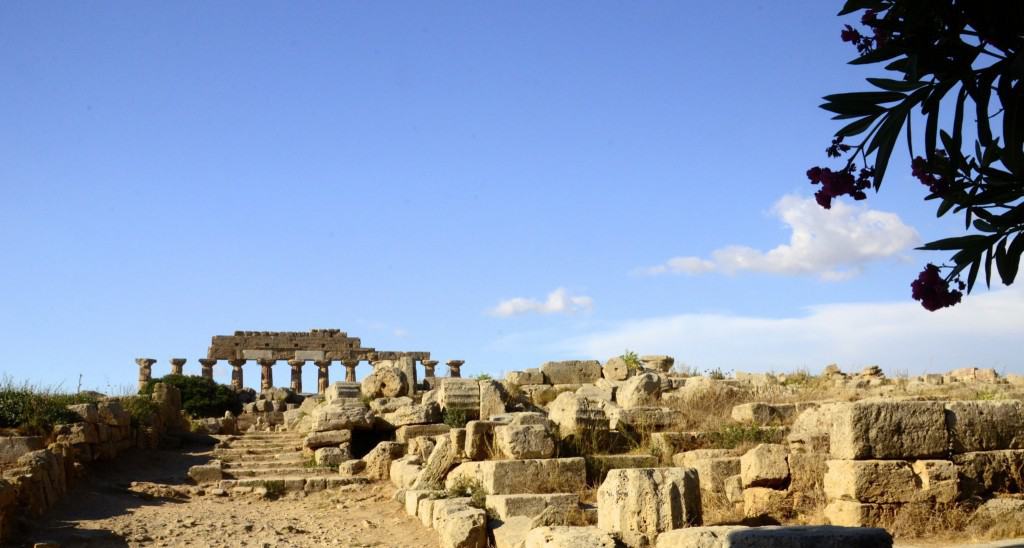
The ruins of temple A and O, at the background temple C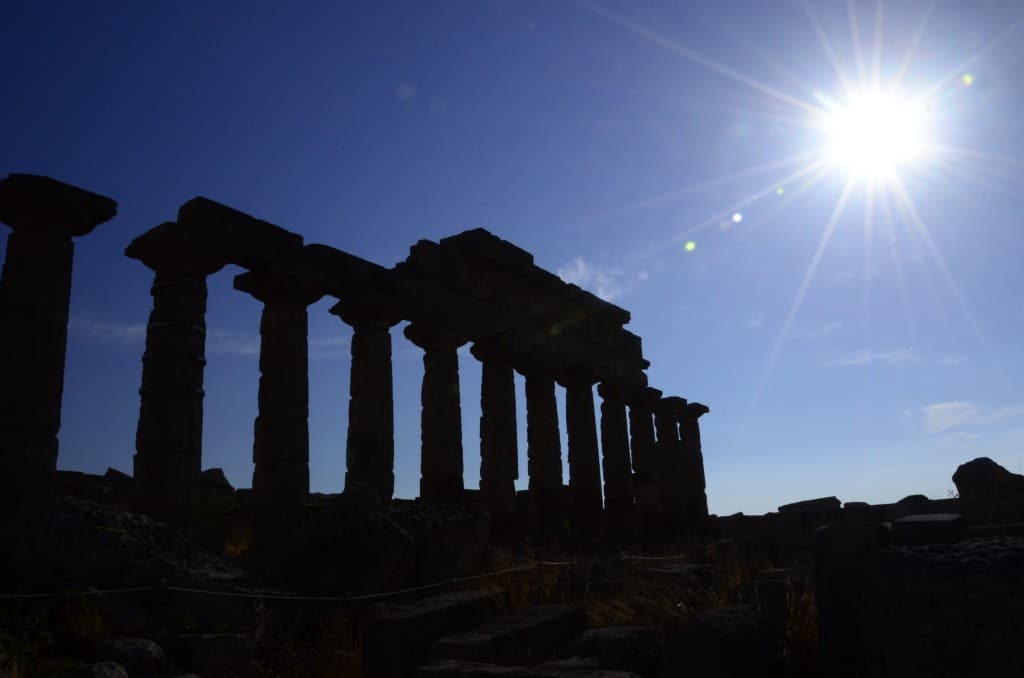
The Mediterranean sun lighting these ‘’marvels’’
It was 6pm and we were exhausted, with a fresh breeze from the northwest we decided to head to the boat and to hoist sail for Favignana.
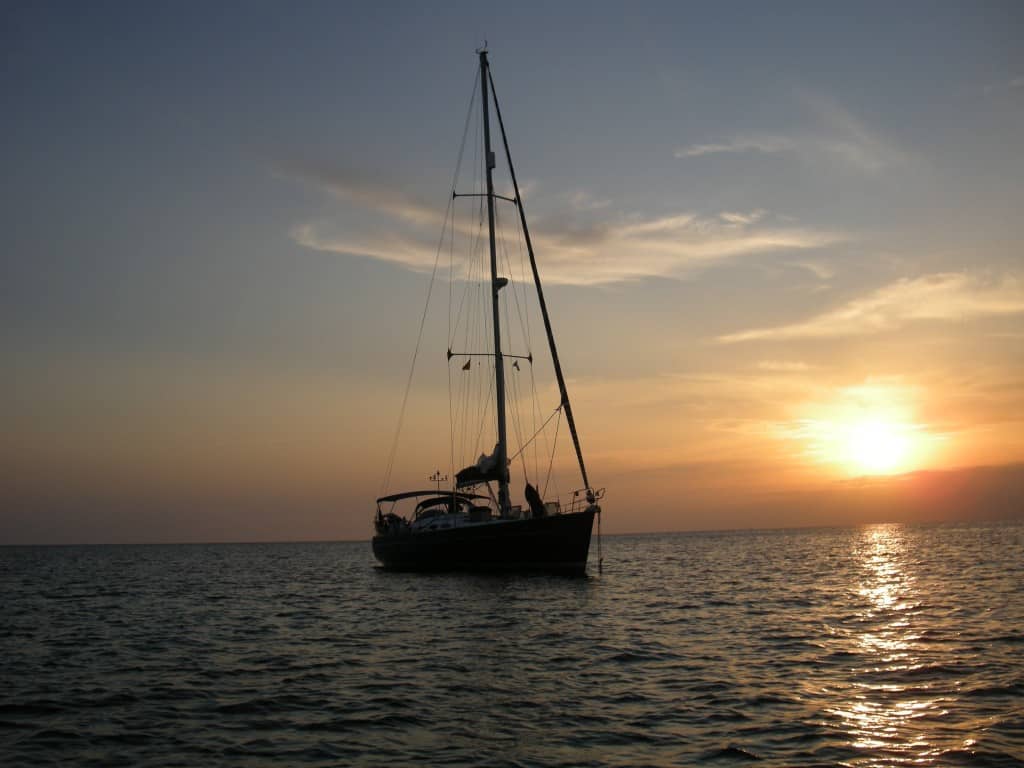
Just before departing for Favignana
Isola Favignana (Egadi Islands)
The sea was like a mirror, a gift to us from Aeolos. We motored to Favignana and anchored in the bay of Boschitto on the south part of the island at around two in the morning. The bay was packed with sailing boats, so we decided to move to the main port in the morning. Everybody was leaving the port to go for a swim so there was space by the quay. While talking to the ‘’capitan di porto’’, who was collecting a fee for our place we found out that about seventy meters away from us stood a prison. You can imagine the various discussions of the crew about our neighbors…
We decided to explore the village, which we found to be full of vacationers, mostly from mainland Italy and Sicily. In the evening we visited the former Florio’s factory, which had been converted to the Museum of Tuna. The building, a jewel of architecture, has been well restored, bringing to life the epic story of a glorious past and the importance of fishing around the Egadi Islands through images, sounds, movies, and innovative multimedia installations. We ended up in Trattoria la Bettola for dinner and tried the ‘Caponata’ and some ‘Busiate a la carretiera’, a very characteristic dish of these islands and Trapani. Favignana was a break from the archaeological sites that we visited during our last week and it was time to continue to Trapani.
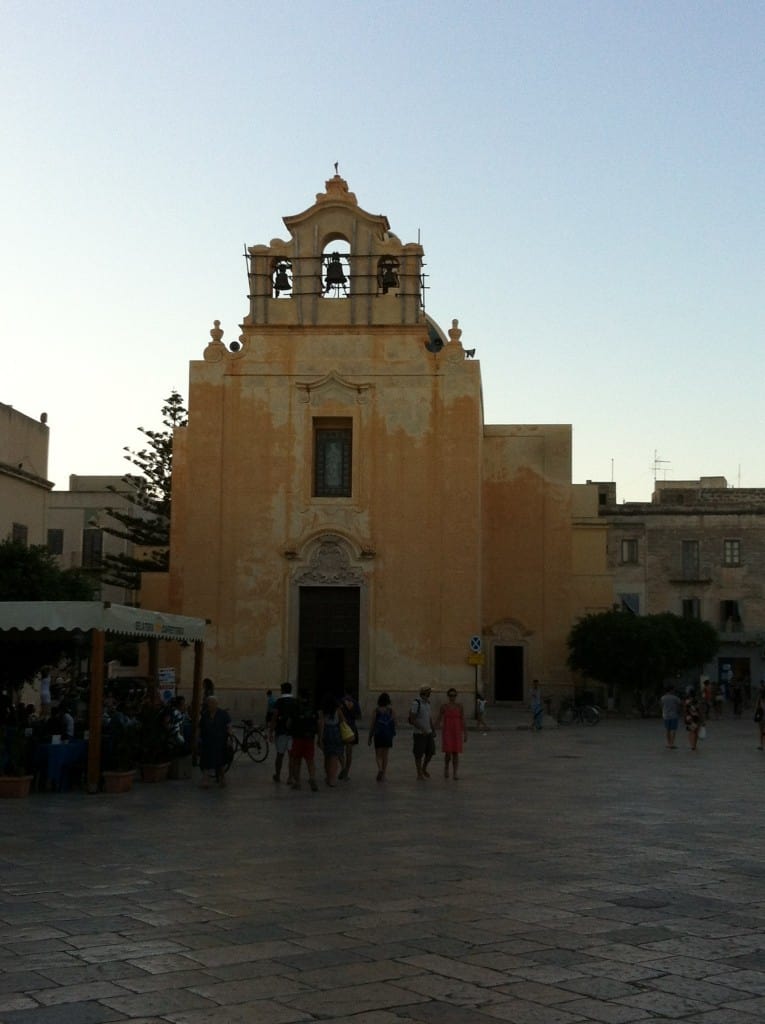
The church in the main piazza of the island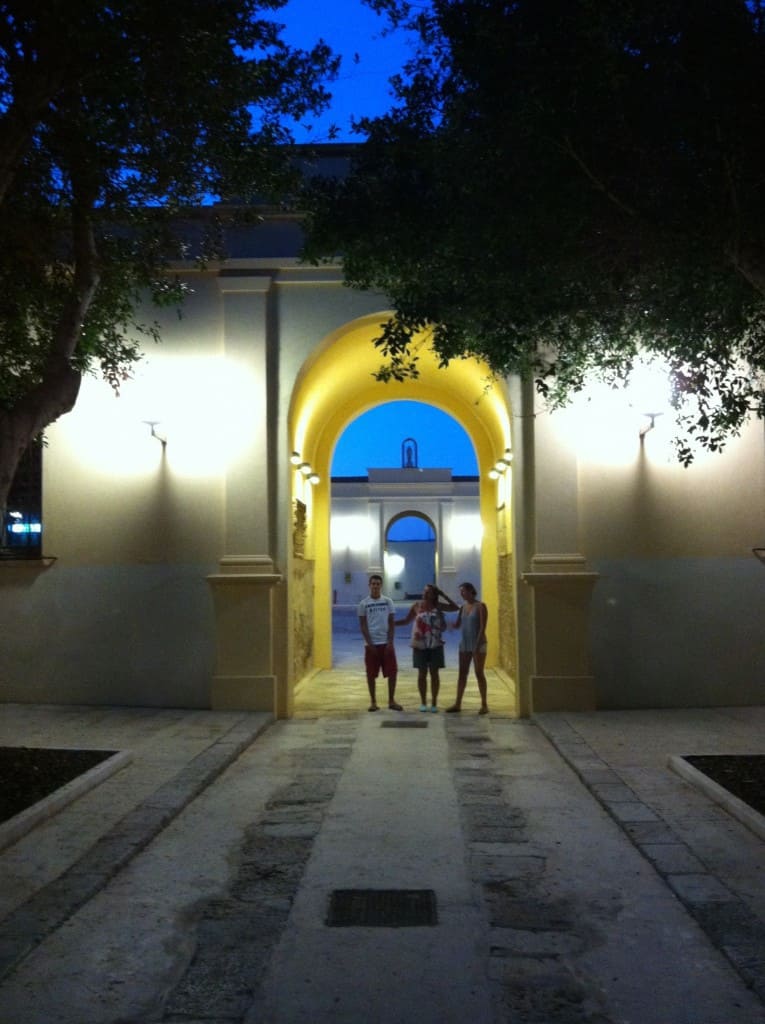
Tuna museum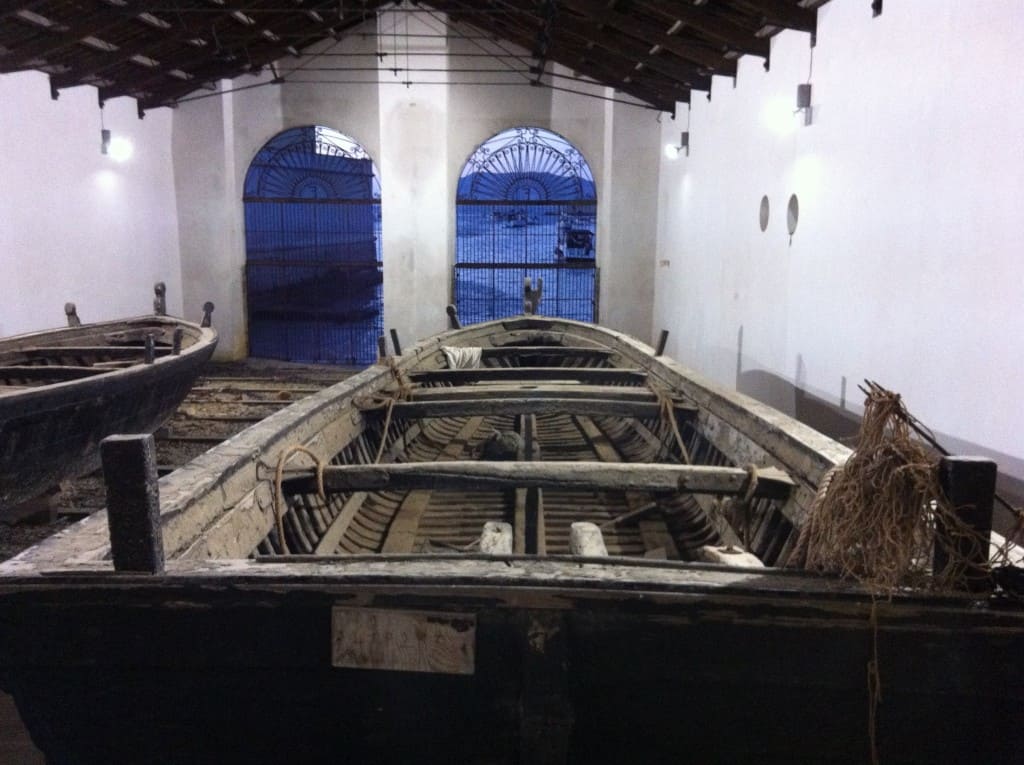
The boat room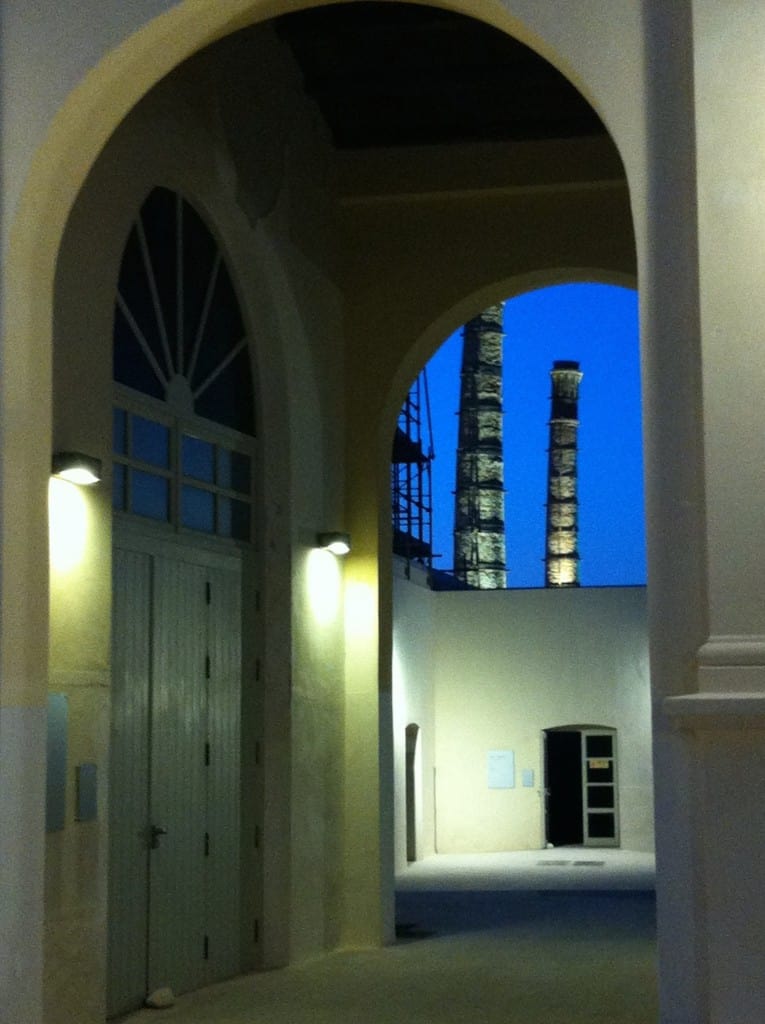
The yard with the ’’Death Room’’ on the left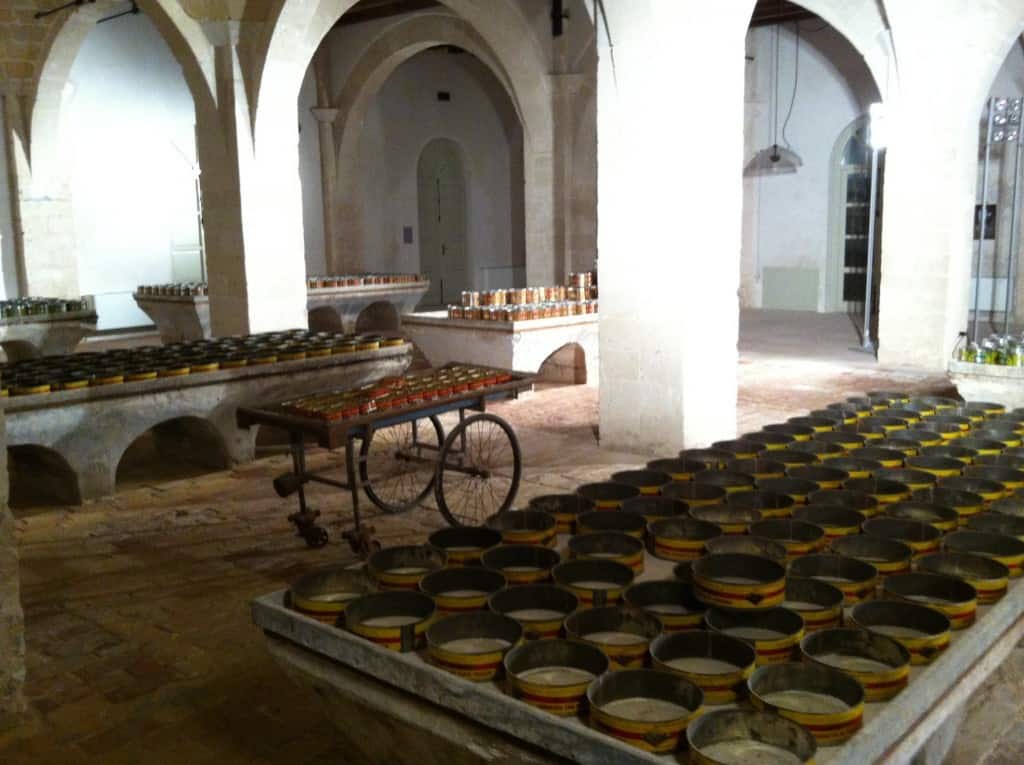
The Proccessing room
Trapani
After a short sail from Favignana with various winds we arrived in Trapani. With the assistance of my good friend and circum navigator Palo Liberati (http://blog.mailasail.com/Malaika5) we found a great place to berth in Lega Navale Italiana tranquil marina. Trapani (named after Drepanon, the Greek word for sickle, because of the natural shape of the port) is a pleasant city with a warm ambience and proximity to tourist destinations like Segeste, Erice and the Egadi Islands.
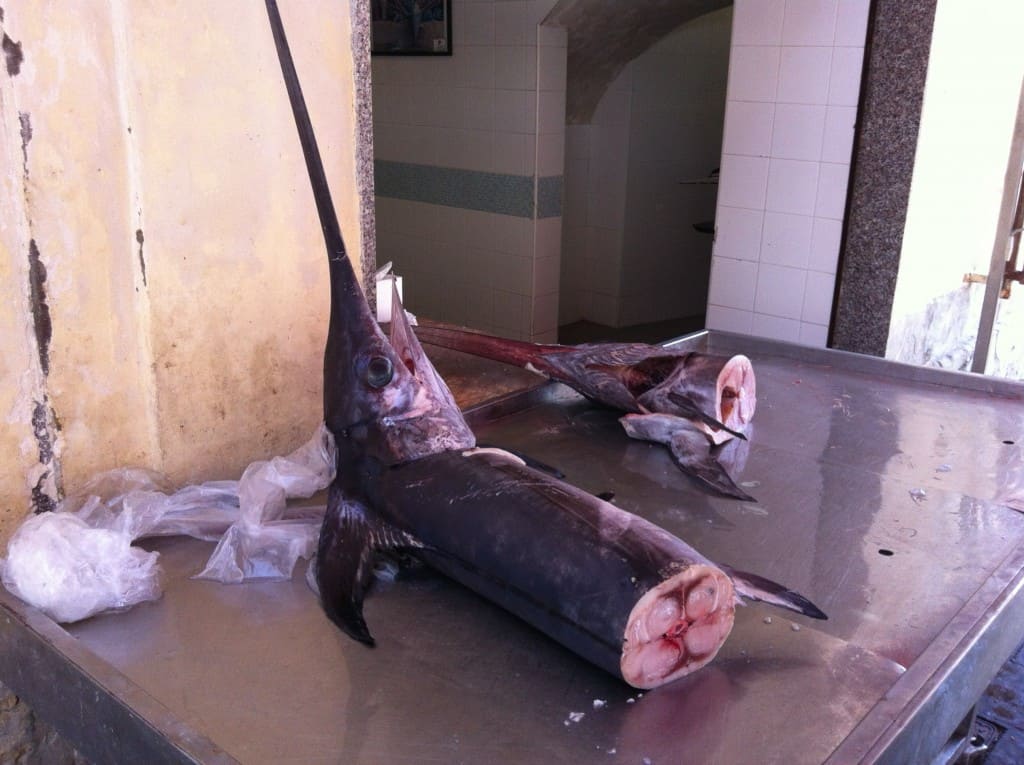
Freshly cut swordfish
Segesta
The next morning we drove to Segesta, cruising through a dreamy landscape of golden hills with fields of cereals and sloping valleys rich in green vineyards and areas where cypress trees protected the cultivation from the wind. Suddenly the temple appears like a jewel in this landscape. Although Segesta was not originally a Greek colony but was found by Elymians it was influenced early by the Greeks. Hellenization of this city had a profound effect on its people.
The temple was built between 430 and 420 B.C. but was never finished. Had no roof and it is thought that the locals were never able to complete their place of worship due to numerous attacks on this settlement. We walked around the temple and climbed to the top of Monte Barbaro hill where the Greek theater was built around the same time. As we arrived at the theater another impressive view was waiting forus. The hill was surrounded by unspoiled green and a golden countryside and far northeast you could see the sea where Castellammare di Golfo was built. After a beautiful downhill walk we had a last glance of the temple exchanging ideas and comparing the cities we had visited the last 10 days.
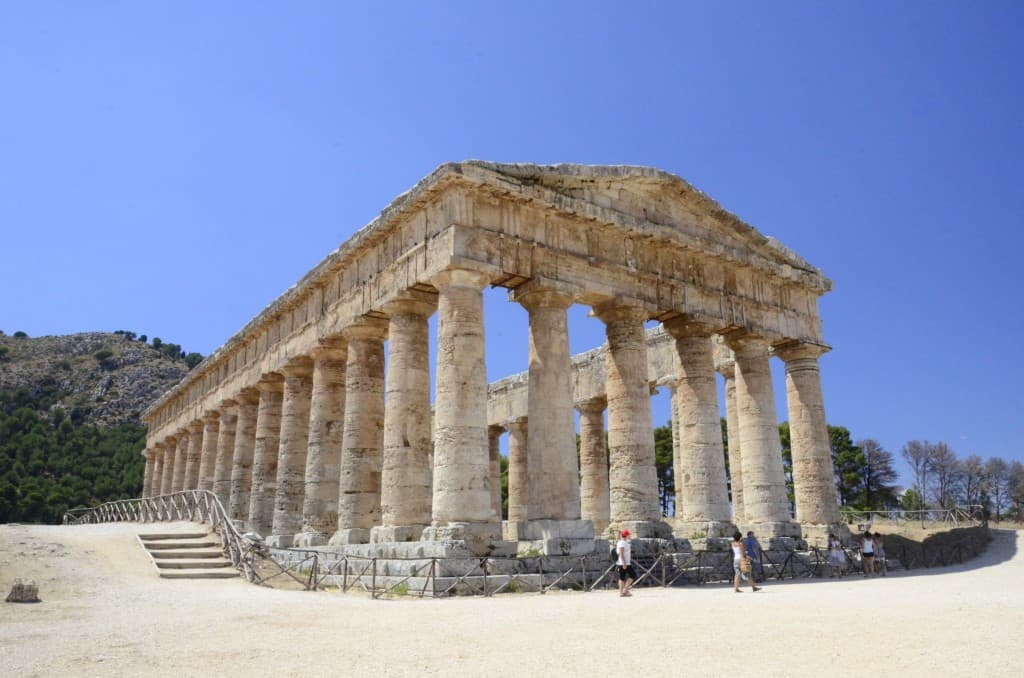
The temple of Segesta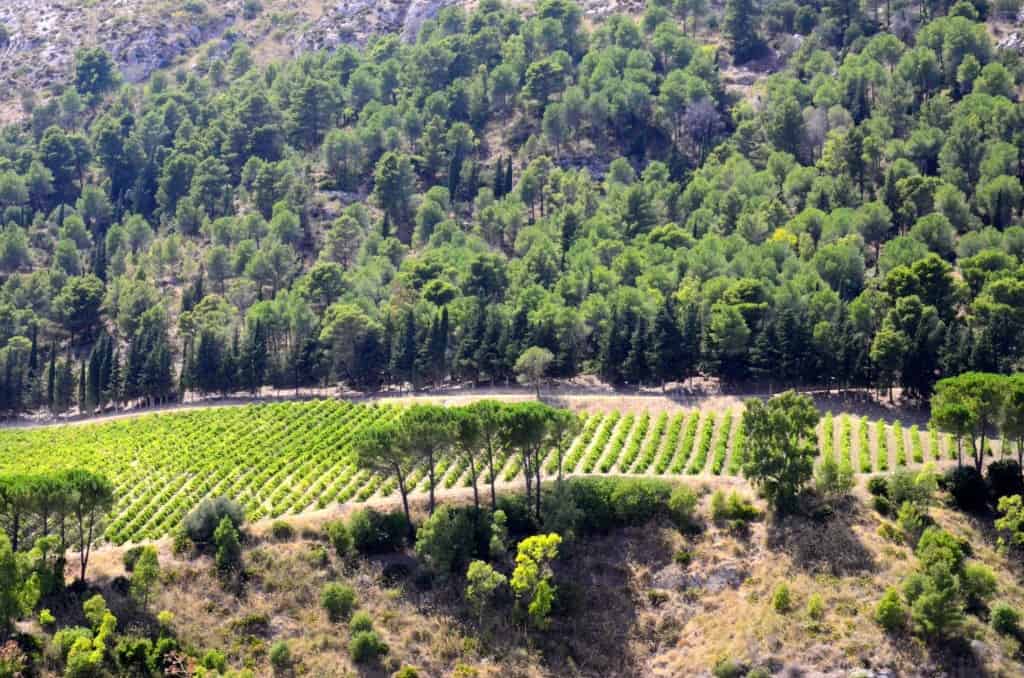
The green view from the Temple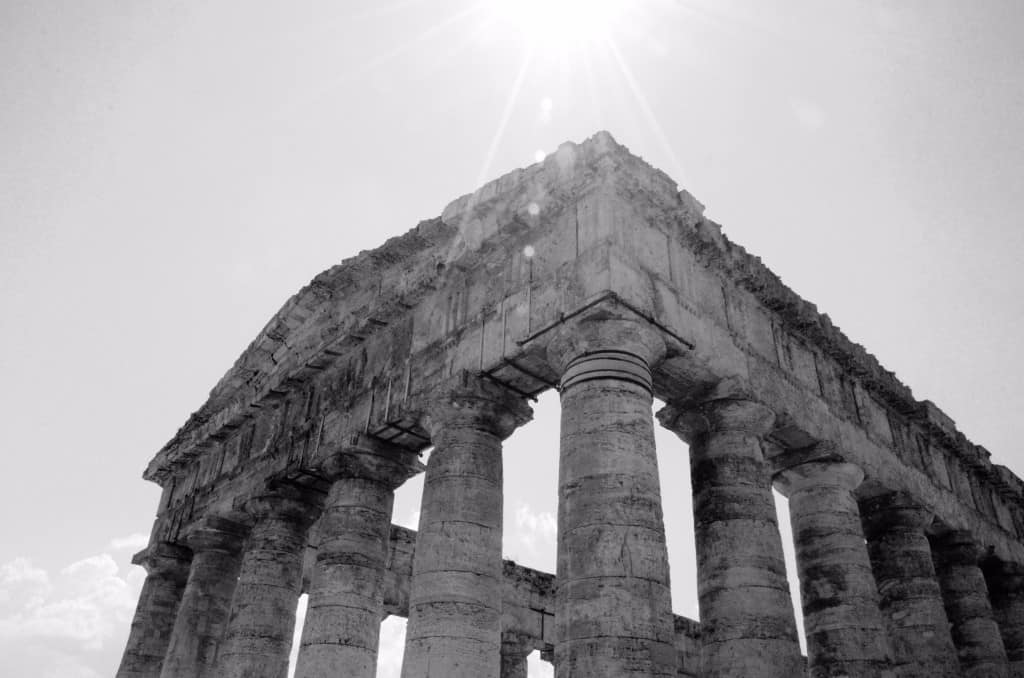
The temple midday


The Greek theater

View from the theater on the background the bay of Castellammare di Golfo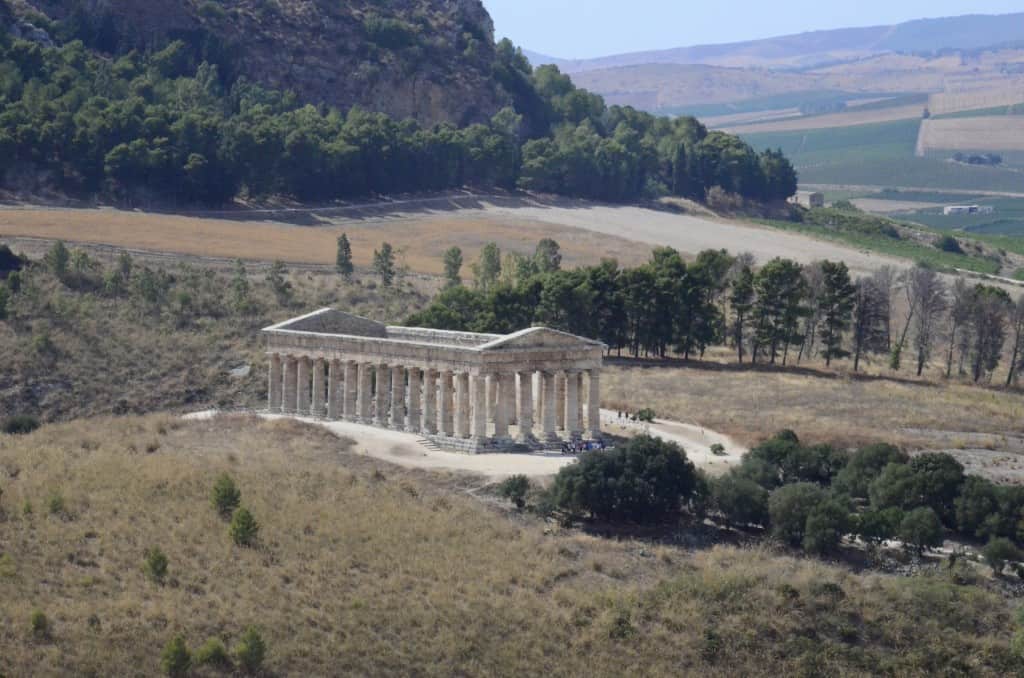
The view of the Temple from the hill
Saline di Trapani
From Segesta we took a different route to Trapani so we could visit the Saline di Trapani a “Riserva Naturale Orientata” and arrived there at the right time for some photography…
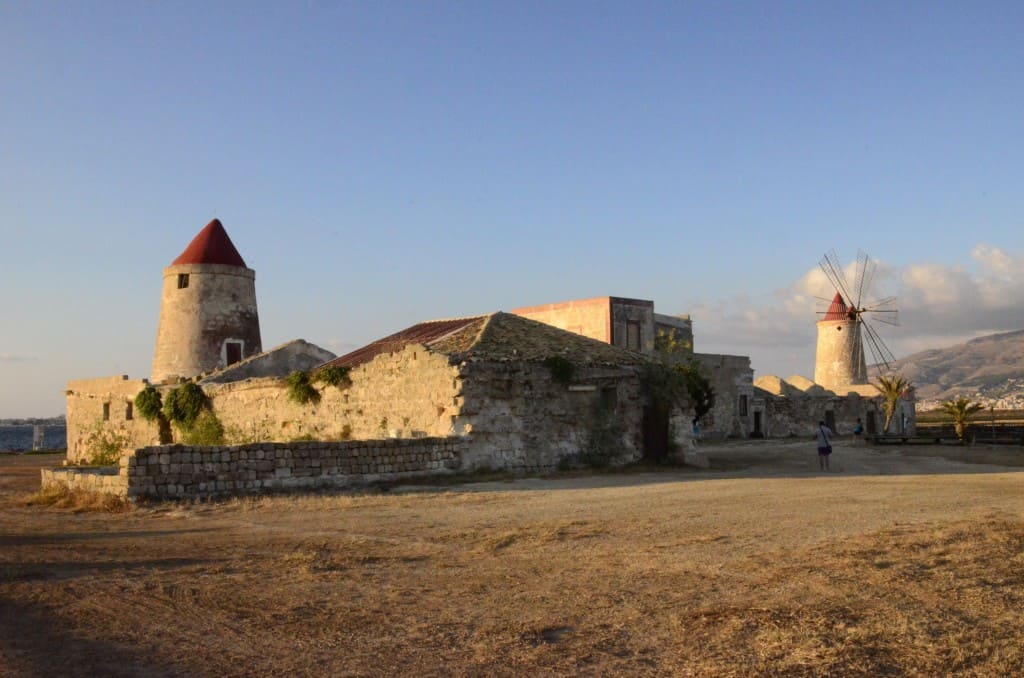
The mills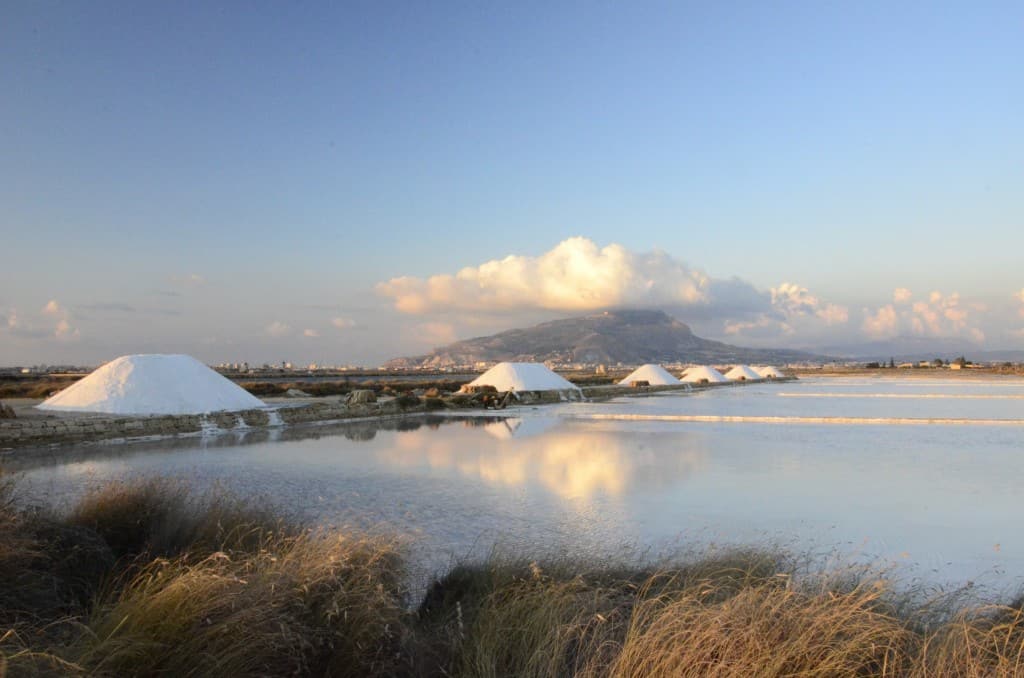
Salt for the people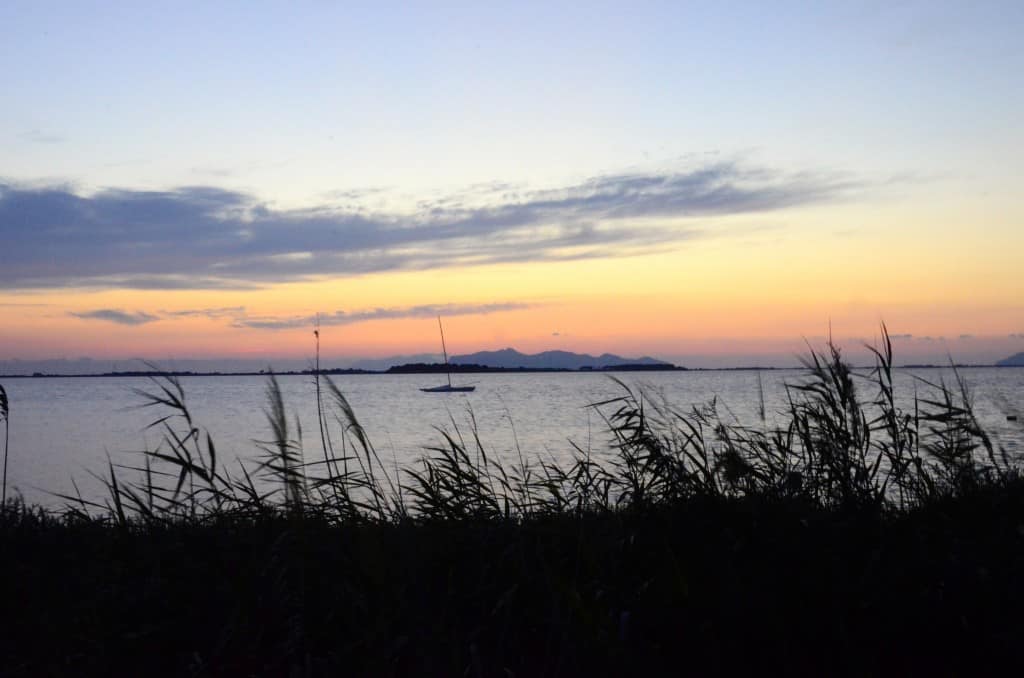
The breezy Golfo di Saline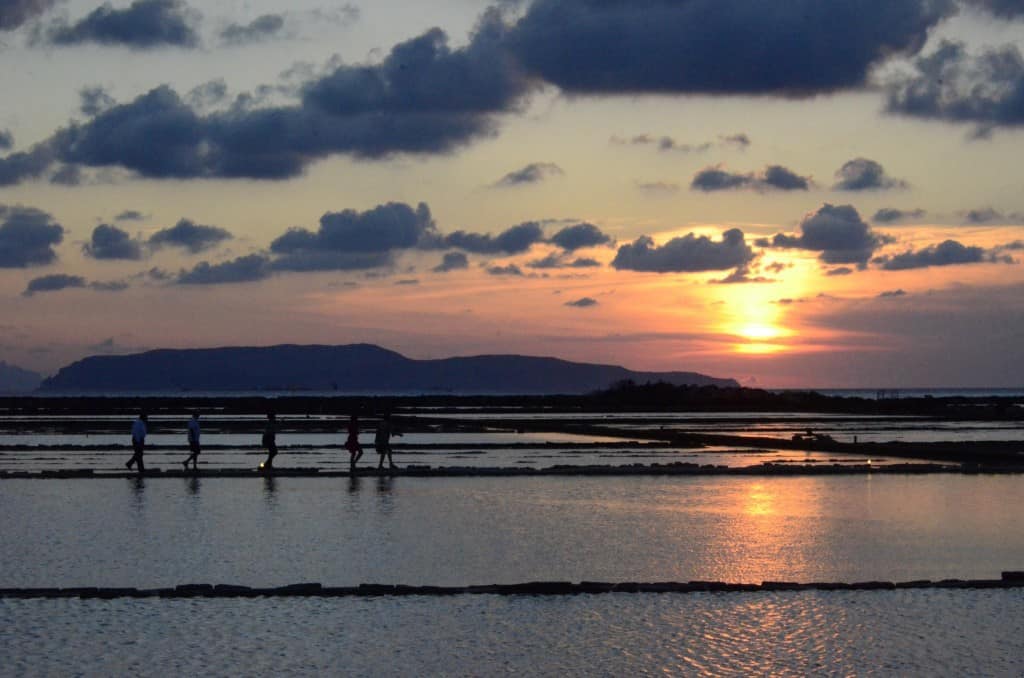
Walking on the Saline
Palermo
Palermo is difficult to describe, it is a city of contrasts where you see a mixture of Arabia, and Europe. You keep asking yourself “where am I”? Inan old city with beautiful Italian architecture, Baroque churches and run down buildings in various neighbourhoods, food markets, traffic and smog, people driving cars and motorbikes like mad. But the feeling is that you are in a sensual and chaotic, exuberant and exciting city. We definitely will revisit Palermo.
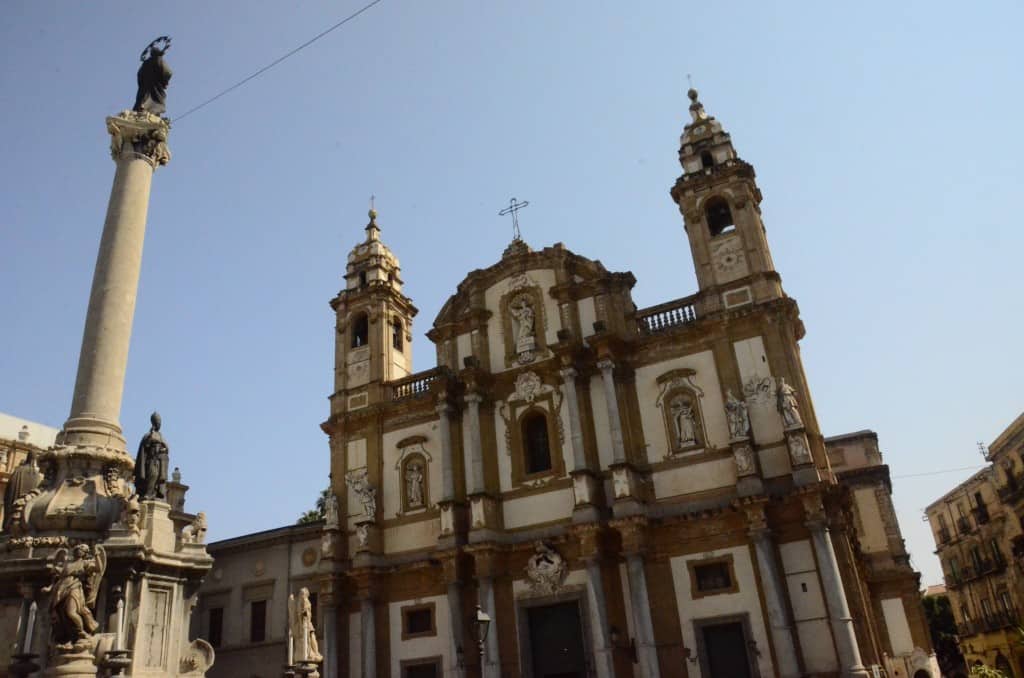
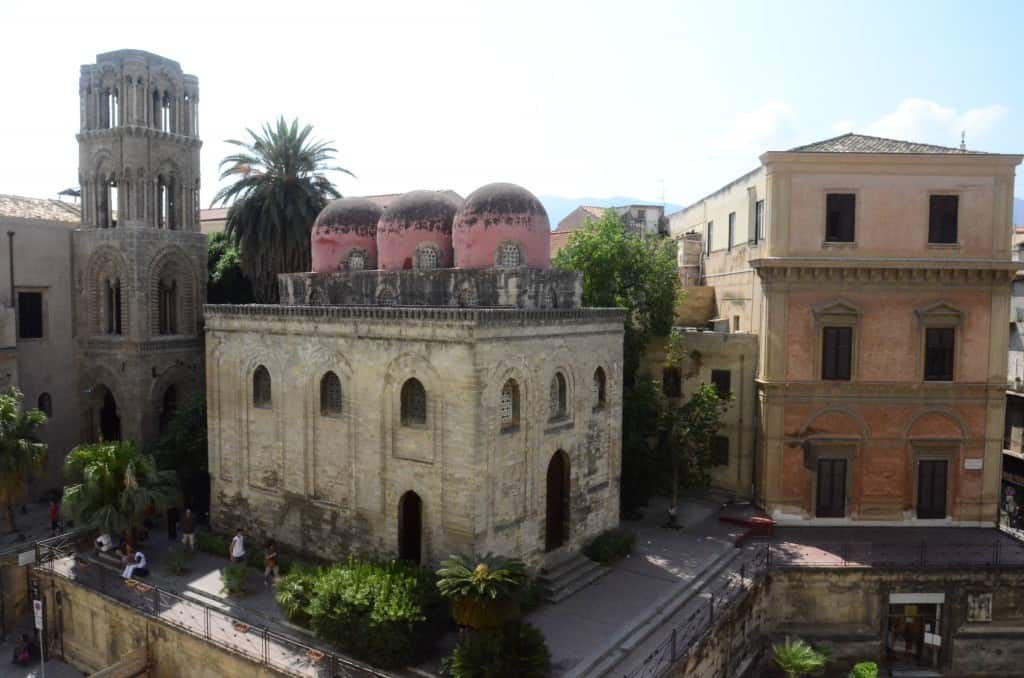
View from the City Hall 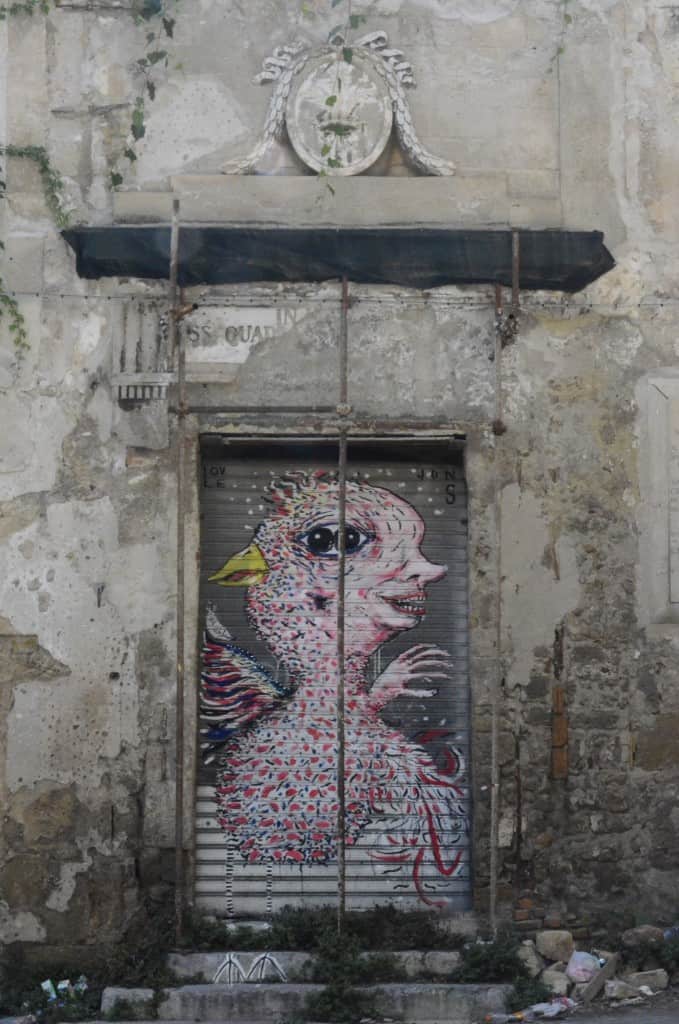
An old door with modern painting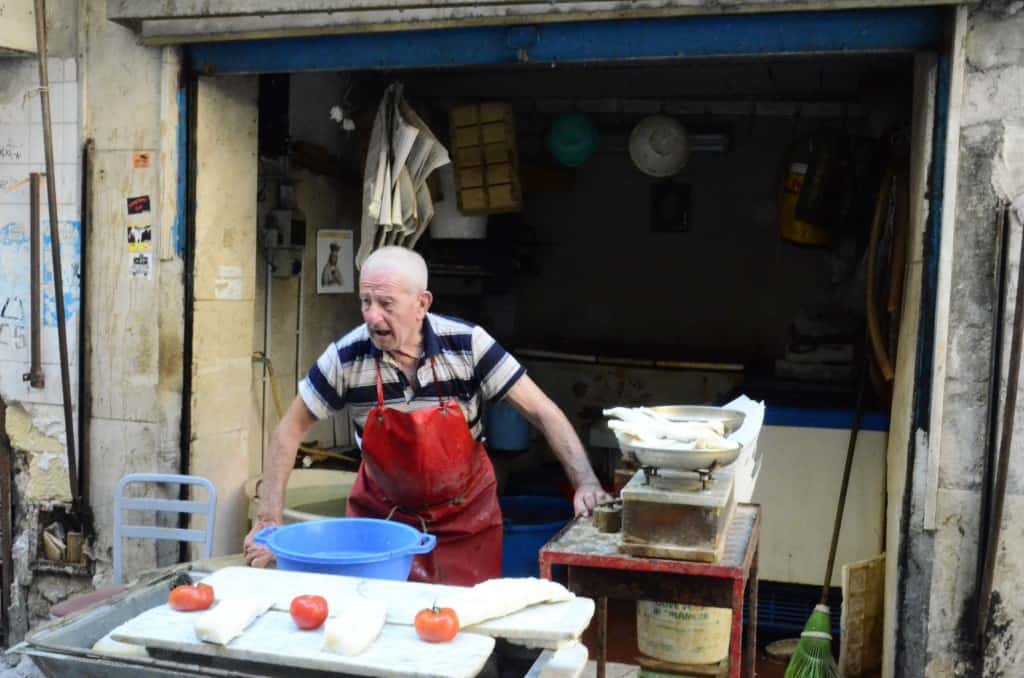

The market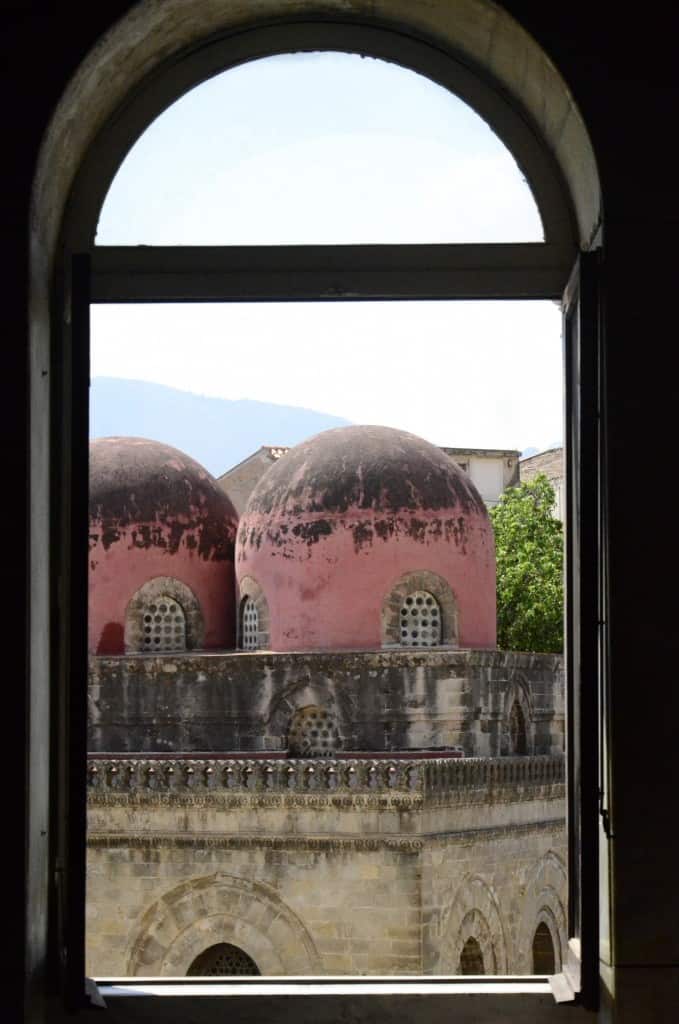
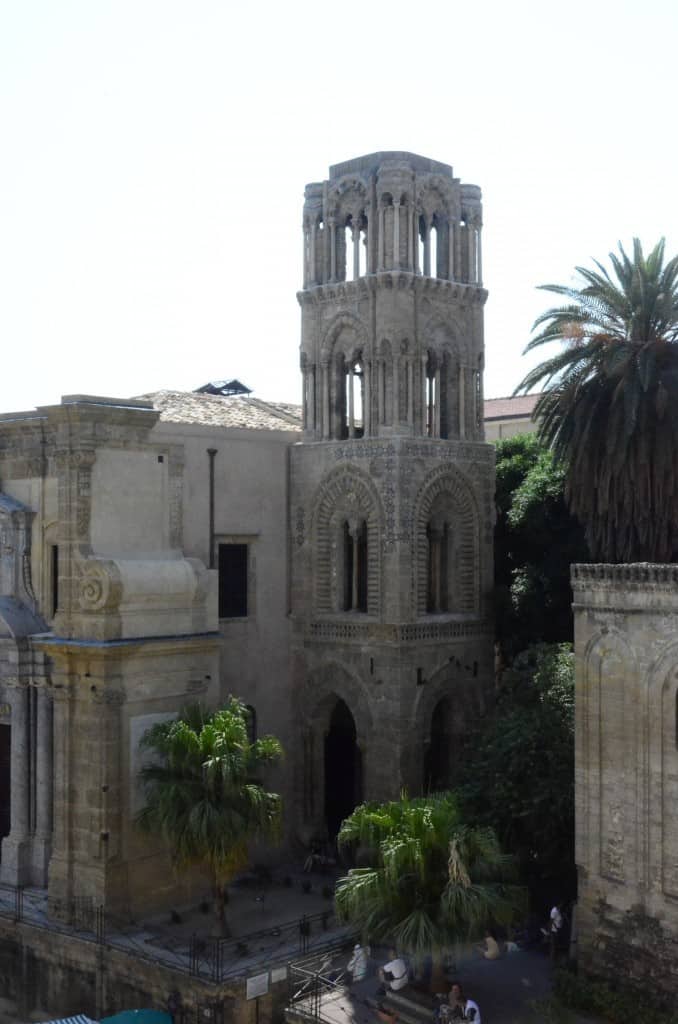
The view from the City Hall

